Seismic / Geosciences
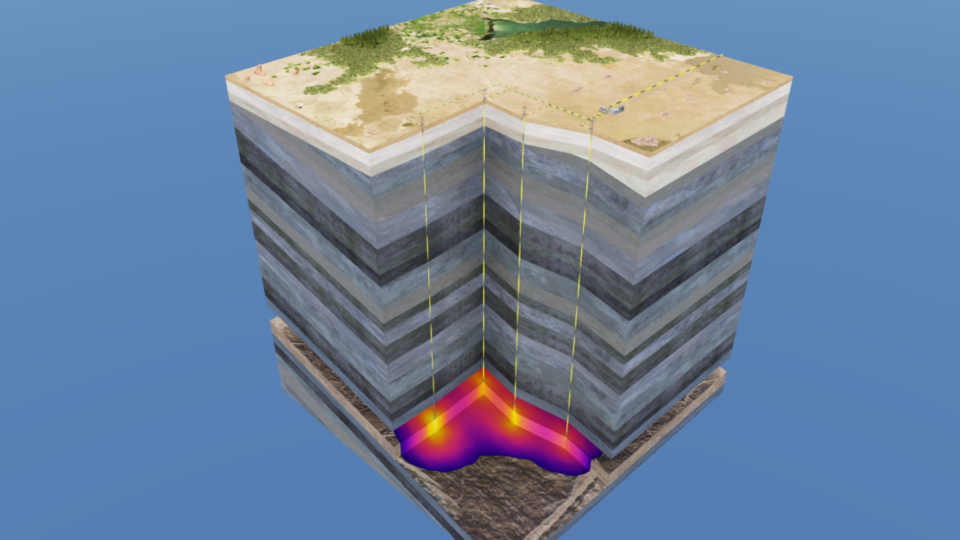
Mar 01, 2024
Featured Energy Sessions at NVIDIA GTC 2024
Hear from ExxonMobil, Honeywell, Siemens Energy, and more as they explore AI and HPC innovation in oil, gas, power, and utilities.
1 MIN READ

May 27, 2021
AI of Earthshaking Magnitude: DeepShake Predicts Quake Intensity
In a major earthquake, even a few seconds of advance warning can help people prepare — so Stanford University researchers have turned to deep learning to...
2 MIN READ

Apr 02, 2021
Destination Earth: Supercomputer Simulation to Support Europe’s Climate-Neutral Goals
To support its efforts to become climate neutral by 2050, the European Union has launched a Destination Earth initiative to build a detailed digital simulation...
3 MIN READ
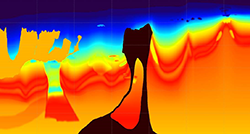
Mar 29, 2021
Reducing Costs with One-Pass Reverse Time Migration
At GTC 21, discover what’s next in AI across the energy industry, including upstream, midstream, downstream, and utilities. Register for...
4 MIN READ
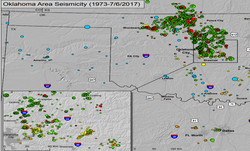
Mar 20, 2018
AI Helps Seismologists Identify Earthquakes
Researchers at MIT and Harvard University recently published a study outlining how deep learning is helping seismologists detect earthquakes that might have...
2 MIN READ
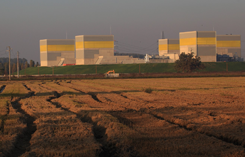
Jan 24, 2018
Oil Giant Launches Supercomputer to Analyze Subsoil Data
The Italian multinational oil giant Eni deployed a 18.6 petaflops GPU-accelerated supercomputer, making it the most powerful industrial system in the world....
2 MIN READ

Nov 02, 2017
Artificial Intelligence Helps Identify Molecular Structures
University of San Diego researchers developed a deep learning-based method to identify the molecular structures of natural products such as soil microorganisms,...
3 MIN READ
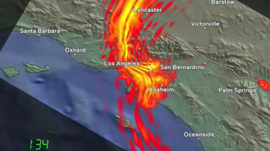
Feb 02, 2017
Share Your Science: Earthquake Simulations at Extreme Scale
Phil Maechling, a computer scientist at USC’s Southern California Earthquake Center shares how they are using the Tesla GPU-accelerated Titan and Blue Waters...
1 MIN READ

Oct 20, 2016
Texas A&M Launches New GPU-Accelerated Supercomputer
Texas A&M installed a new $2.1 million supercomputer with 10 times the processing power of their previous system Eos, which was launched in 2009. Nicknamed...
2 MIN READ
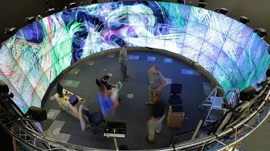
Mar 15, 2016
Monash University Upgrades MASSIVE GPU-Accelerated Supercomputer
To accelerate biomedical research, Australia’s Monash University boosted its research infrastructure with a third GPU-accelerated supercomputer called...
1 MIN READ
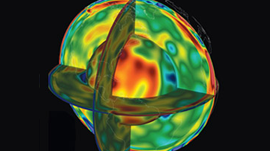
Mar 10, 2016
Share Your Science: Mapping the Earth’s Interior with GPUs
Jeroen Tromp, Professor at Princeton University shares how his team is using the Tesla GPU-accelerated Titan Supercomputer at Oak Ridge National Laboratory to...
1 MIN READ
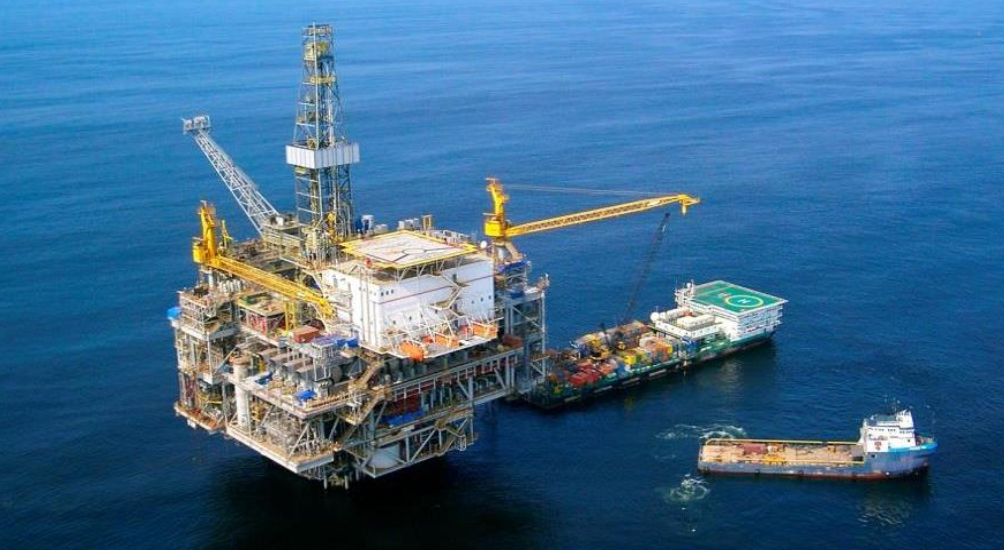
Feb 24, 2016
Share Your Science: Accelerating Oil Discovery with GPUs
Thor Johnsen, an HPC Expert at Chevron, talks about how they are using NVIDIA GPUs for seismic imaging and modeling of the subsurface of the earth to create...
1 MIN READ
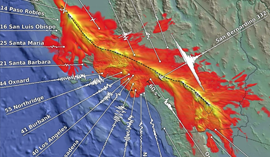
Dec 01, 2015
Share Your Science: Predicting Earthquakes with Supercomputers
Tom Jordan, Director, Southern California Earthquake at University of Southern California and a team of researchers are using the 27 petaflop Titan...
1 MIN READ

Nov 19, 2015
Share Your Science: The Making of a GPU-Accelerated Weather Forecasting System
Thomas Schulthess, of ETH Zurich and Director of the Swiss National Supercomputing Centre (CSCS) discusses how they are using GPU-accelerated supercomputers for...
1 MIN READ